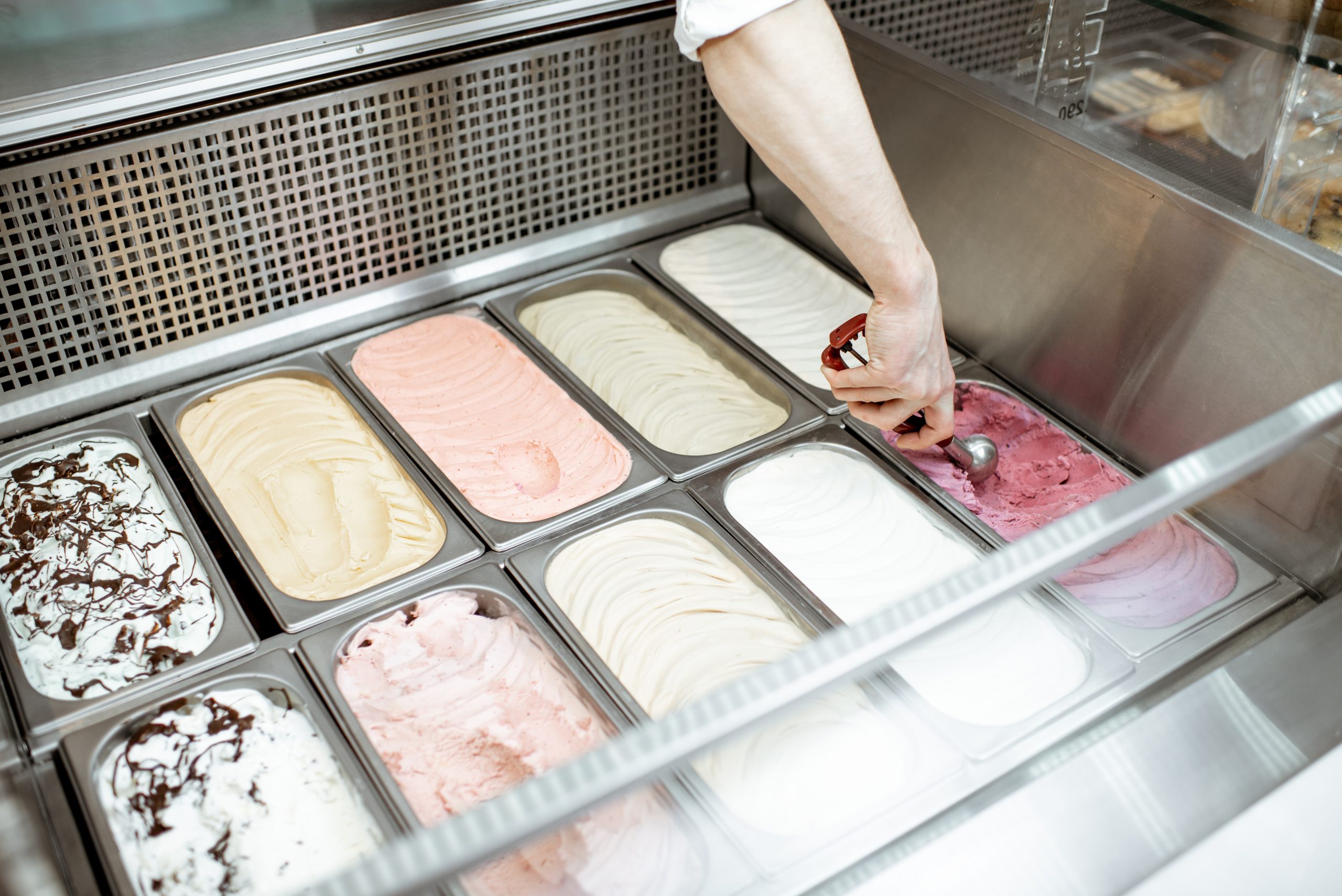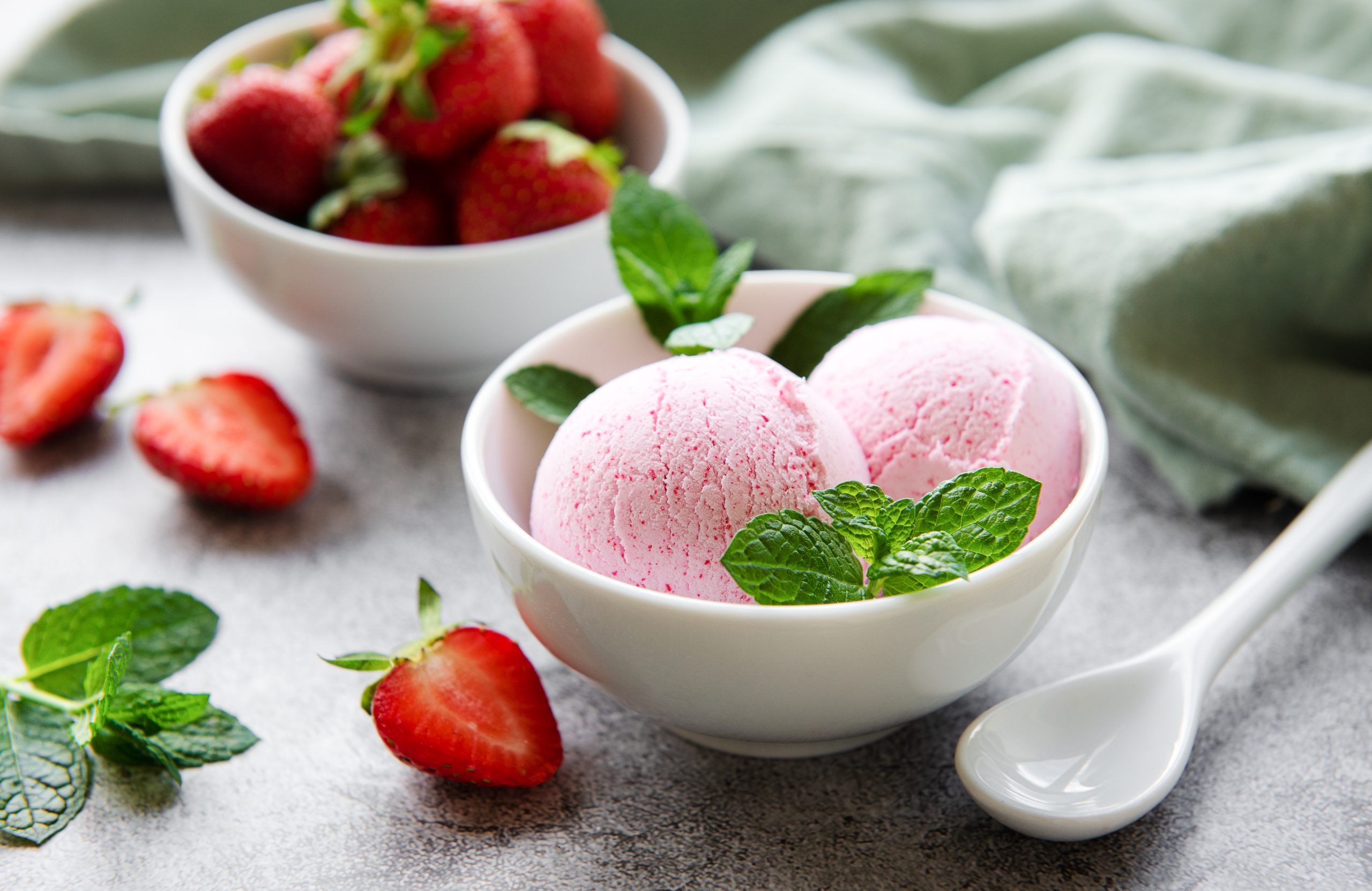Food poisoning happens when you eat something that has been contaminated by bacteria.
There are certain types of food poisoning that can be so dangerous they can actually be fatal. Fortunately, most types are not serious, and the chances are you’ll get better within a few days.
The symptoms of food poisoning usually occur within one or two days of eating food that has become contaminated.
They include:
- Nausea
- Vomiting
- Diarrhoea, which may contain blood or mucus
- Stomach cramps and pain in the abdomen
- Depleted energy and weakness
- Loss of appetite
- A high temperature of 38C or above (fever)
- Aching muscles
- Chills
And even though they may last only a few hours, they are not something you want to experience if you can really help it.
You are probably aware that if you re-heat certain kinds of foodstuffs you may be putting yourself in danger of food poisoning, but what about frozen food?
Continue reading →










